Background
In 2015 70% of global deaths were due to noncommunicable diseases (NCDs) – primarily cancers, diabetes and cardiovascular and chronic lung diseases[1]. Addressing the ‘lifestyle’ risk factors that underpin them, such as tobacco smoking, alcohol abuse, poor diet and lack of exercise, offers a way to avoid great misery and expense.
The World Health Organisation estimates that at least 80% of all heart disease, stroke and type 2 diabetes – and over 40% of cancers – could be prevented if these negative habits were eliminated[2]. To make this massive behaviour change this we have to start young – after all 88% of adult smokers in the USA took up the habit before they were 18[3].
What is AstraZeneca doing to support global health and well being?
The AstraZeneca Young Health Programme works to identify and promote how young people can make these positive lifestyle choices. Our focus has been on developing the science and data, fostering innovation, and working on-the-ground to deliver behaviour change. Volunteers from our companies have extensively supported our efforts.
What approach does AstraZeneca take to impact measurement?
We have used Social Return on Investment (SROI) analysis to evaluate our impact. This proved impossible to use credibly to assess our research and advocacy, and so our first published study examined four of our over twenty country programmes. Our core metric was disability adjusted life years (DALYs) – a measure of years lost through disability or premature death – and from these we calculated a financial value from the resulting behaviour change, and so a ‘social rate of return’.
What are some of the key measurement challenges that AstraZeneca has faced?
The evaluation process proved challenging. The recency of the programmes meant that we did not have long-term behaviour change tracking; the hard-to-reach nature of some of our audiences meant other data were scarce; the general durability of adolescent behaviour change is an area of study; and the data collection approaches of our NGO partners varied. As a result we had to make a number of conservative assumptions and use various proxies. The resulting social return on investment estimates were between six and eight to one.
The results are helping us to focus both our monitoring and evaluation and our broader work. We hope that this style of evaluation will support our inspirational young people and other stakeholders in helping government bodies to work effectively in this area, and they are already making encouraging progress in Brazil, India, Kenya and elsewhere.
Read more about AstraZenca’s Young Health Programme here.
[1] http://www.who.int/gho/ncd/mortality_morbidity/en/
[2] http://www.who.int/chp/chronic_disease_report/part1/en/index11.html
[3] https://www.surgeongeneral.gov/library/reports/preventing-youth-tobacco-use/
